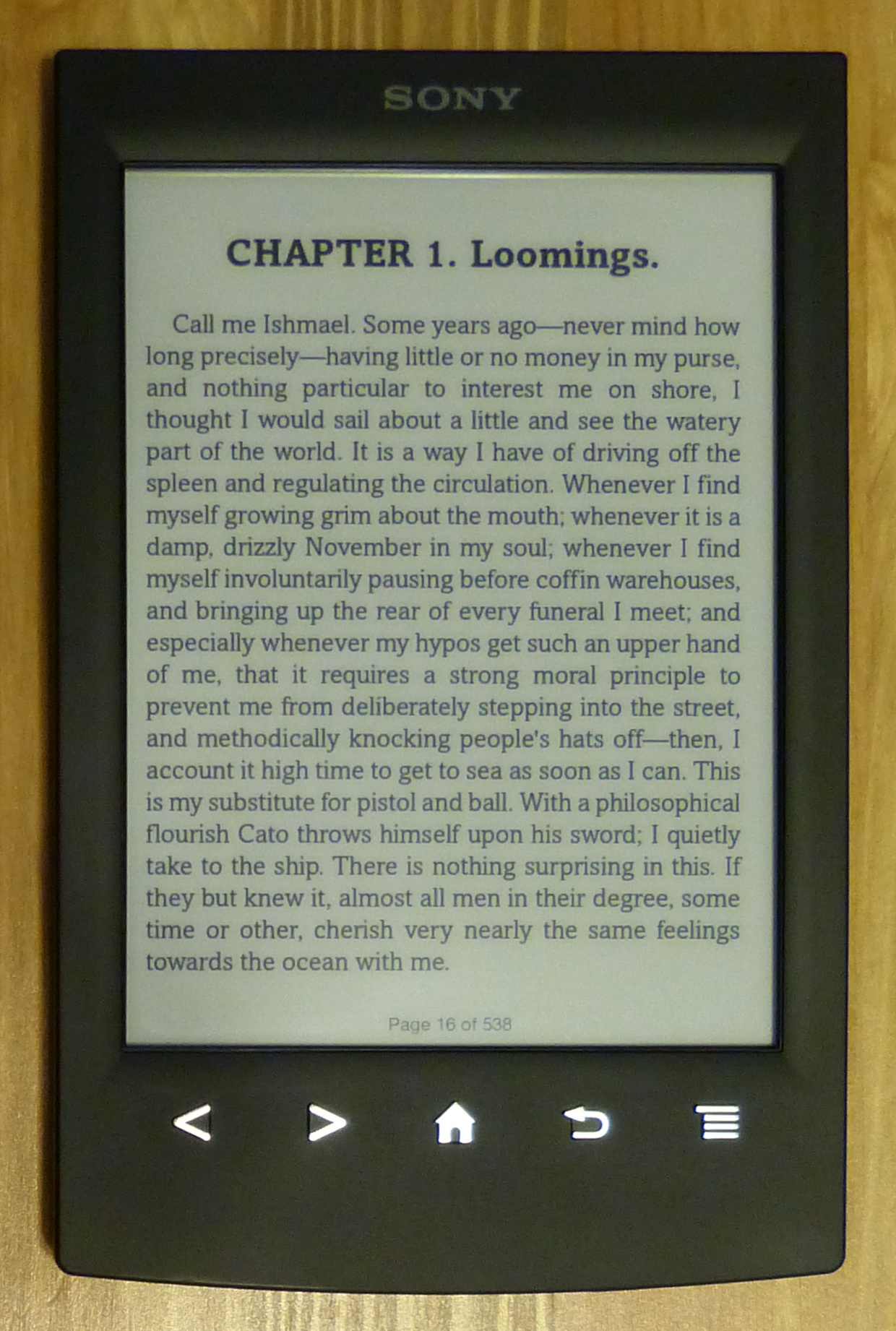PDF (Portable Document Format) is a file format for documents, whose most important property is that every piece of information needed to display the document, including the exact layout of each element, fonts, graphics etc. is embedded in the file itself. Therefore, its display remains the same across different software, hardware, operating systems and devices. Developed by Adobe, the file format was released as an open standard in July 2008.
Because of its compatibility across devices and because of its fixed layout format, PDF is a perfect file format for printing industry. The files can be printed exactly as they look on the screen. So, its use is widespread with printers and publishers.
Being an open format, there are several applications available to read and create PDF files. Therefore, it is a popular format for exchanging documents even when there is no printing involved. If you share an MS Word file, even with MS Office, it is likely to show up differently on different computers. If you are not using Windows, then the official application to view or create the file is not available at all and the ones that have been cobbled together by others don’t do a great job. With PDFs you can be sure that the other person is viewing the file exactly as you sent it, irrespective of the platform she is on.
Given that PDF is created for most books for the purpose of printing, and the file is accessible on different devices, PDF format emerged as an acceptable format for e-books too. The advantages of the format are obvious by now. But it did not emerge as the standard for e-books. The reason is the same that made it so valuable for print. It is a fixed layout format. E-books are expected to be read on different devices, which can have screens of varying sizes. Currently e-book reading happens on anything from large 17″ monitor of a PC to a 6″ or 7″ e-book reader or tablet to a smart phone with 4″ screen and everything in between. Fixed layout makes PDFs difficult to read on small screens. Reflowing of text in desired for e-books. A number of formats emerged to take care of this of which EPUB and Kindle’s proprietary formats are the most important ones to know for publishers.
That said, many people still consume a lot of content in PDFs and publishers will do well to continue creating PDFs for their e-books. We will talk about EPUB and other formats supporting reflowing of text in a different post.
Related articles
- ebook filetypes & my quest for noting and annotating PDF’s (edtechatccc.wordpress.com)
- How To Edit A Pdf (mademan.com)
- Manipulate document, image, and video formats (windowssecrets.com)



 Nook is a brand of e-book readers and tablets from
Nook is a brand of e-book readers and tablets from  Kindle
Kindle